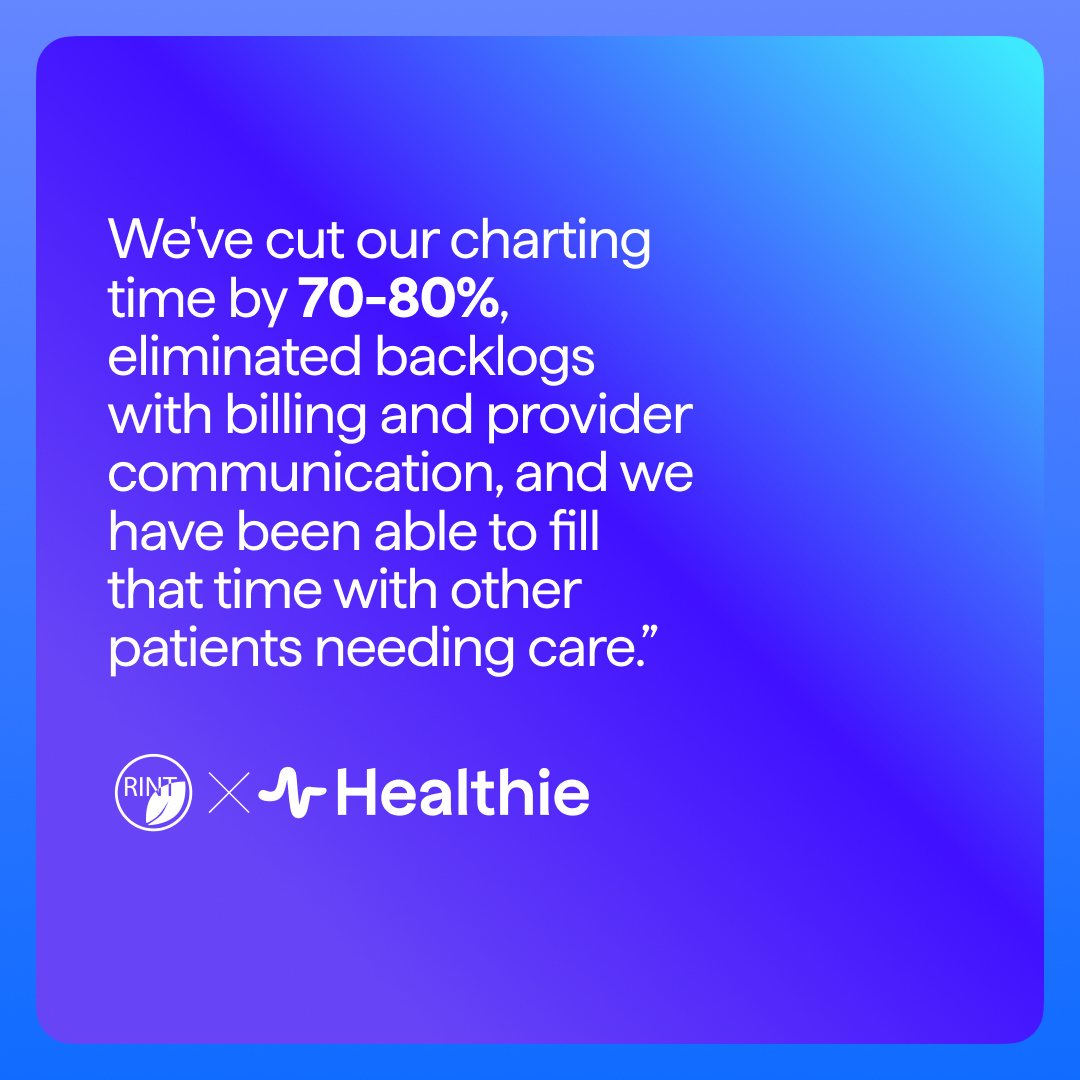Patient Reported Experience Measures (PREMs)
What are some common challenges with implementing PREMs?
There are many common challenges with implementing PREMs in healthcare. One challenge is that PREMs are often not well understood by clinicians. This can lead to confusion about how to best use PREMs to improve patient care. Additionally, PREMs can be time-consuming to collect and analyze. This can make it difficult to integrate PREMs into busy clinical schedules. Another challenge is that PREMs may not be well suited to all clinical settings. For example, PREMs may be less useful in settings where patients have complex medical needs or where there is a high turnover of patients. Finally, PREMs can be expensive to implement, and it can be difficult to secure funding for PREM-related activities.
What are PREMs?
Patient-Reported Experience Measures (PREMs) are a type of patient-reported outcome measure (PROM) that assesses patients’ perspectives and experiences with healthcare. They are increasingly being used in healthcare to complement clinical measures and help assess the quality of care.
PREMs can be used to measure a wide range of patient experiences, including access to care, communication with providers, continuity of care, and overall satisfaction with care. They can also be used to assess specific aspects of care, such as pain management or discharge planning.
PREMs are typically collected through surveys that are administered to patients either before or after their healthcare encounter. The surveys can be administered in person, by mail, or online.
While PREMs are a relatively new type of measure, they are already being used in a variety of settings, including hospitals, clinics, and long-term care facilities. In the future, it is likely that PREMs will become increasingly important in assessing and improving the quality of healthcare.
How can PREMs be used to improve healthcare quality?
Patient-Reported Experience Measures (PREMs) are a type of performance measurement that relies on patients’ self-reported experiences to assess the quality of healthcare. PREMs can be used to identify areas of improvement and to track progress over time.
There are a number of benefits to using PREMs to improve healthcare quality. First, PREMs provide a direct measure of patients’ experiences and can therefore be used to identify areas where quality needs to be improved. Second, PREMs can be used to track progress over time, allowing healthcare organizations to see whether their quality improvement efforts are having the desired effect. Finally, PREMs can help to engage patients in quality improvement efforts, as they provide a way for patients to give feedback on their experiences and to be involved in the process of improving healthcare quality.
There are a number of different PREMs that can be used to assess healthcare quality. The most commonly used PREM is the Consumer Assessment of Healthcare Providers and Systems (CAHPS) survey, which is administered by the Centers for Medicare and Medicaid Services (CMS). Other PREMs include the Hospital Consumer Assessment of Healthcare Providers and Systems (HCAHPS) survey, the National Health Service (NHS) Friends and Family Test, and the Picker Patient Experience Questionnaire.
PREMs can be used to improve healthcare quality in a number of ways. First, they can be used to identify areas where quality needs to be improved. Second, they can be used to track progress over time. Finally, they can help to engage patients in quality improvement efforts.

